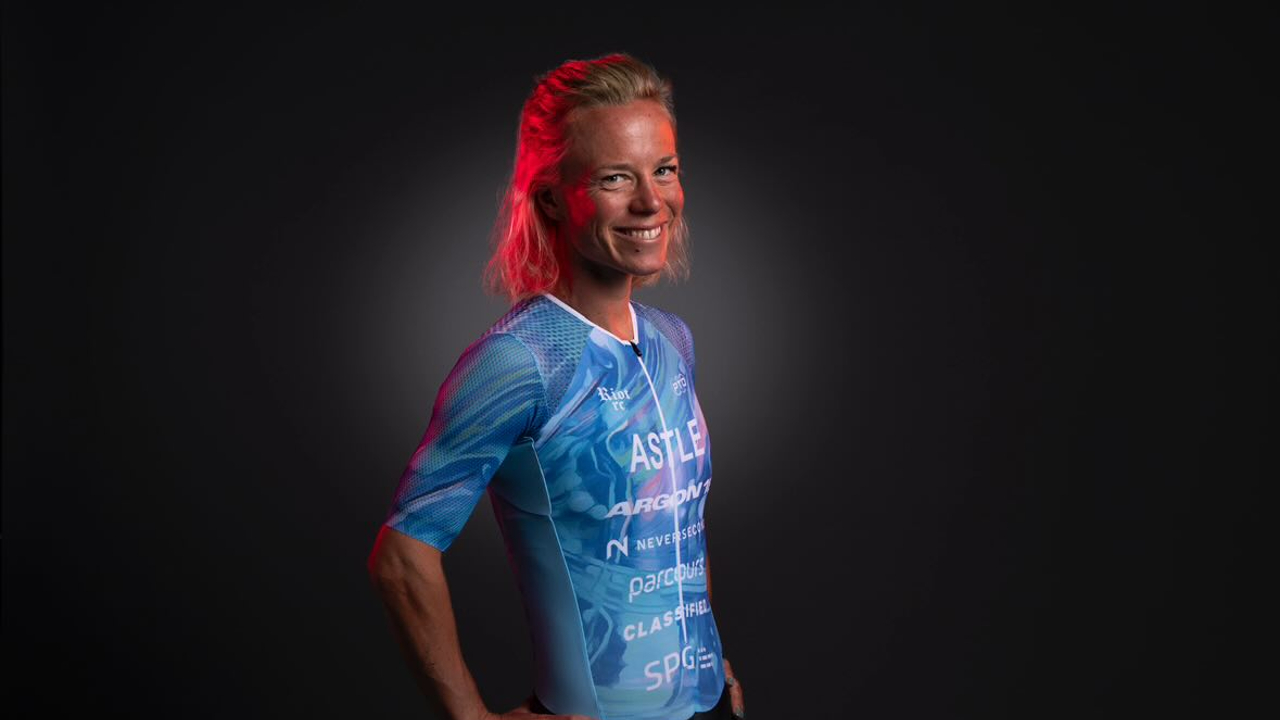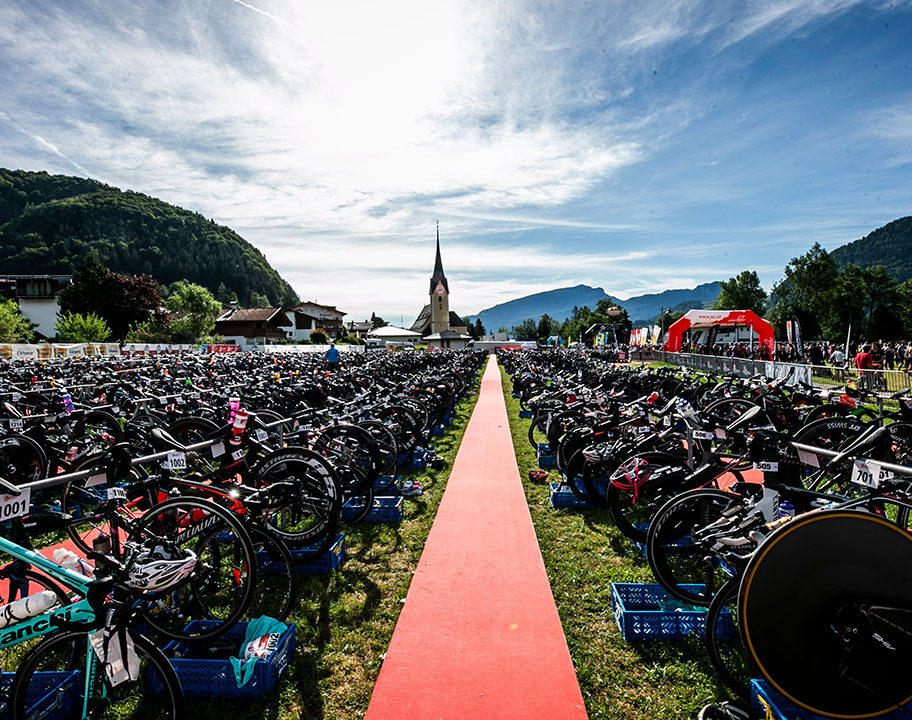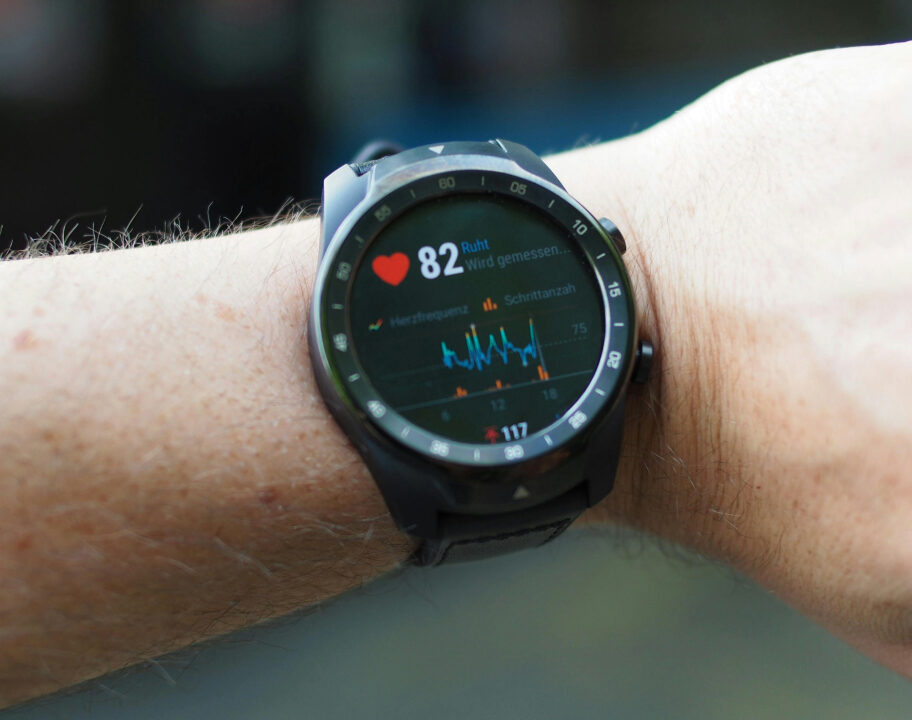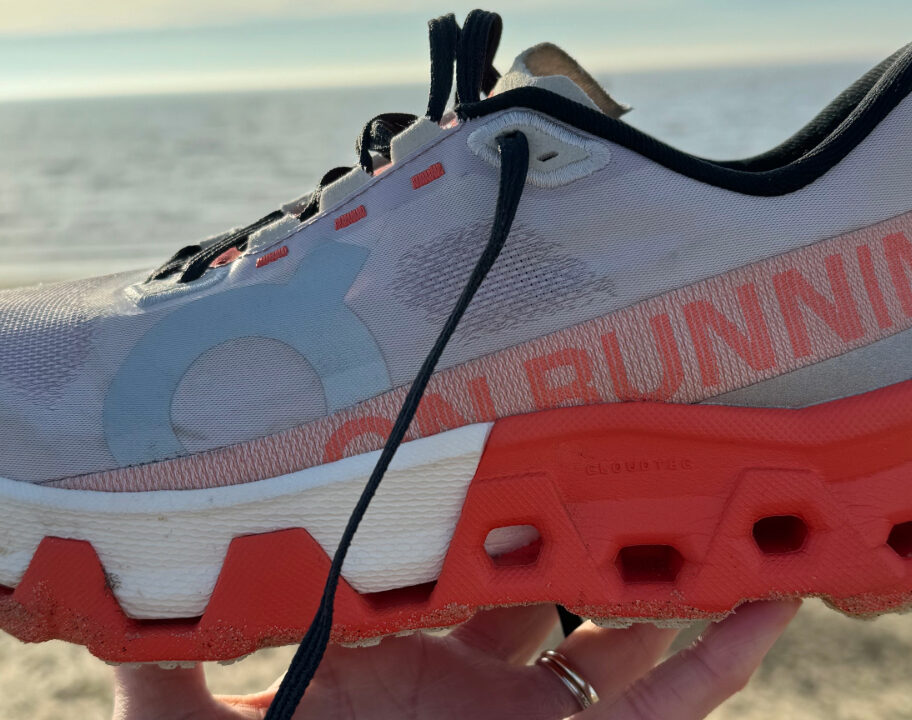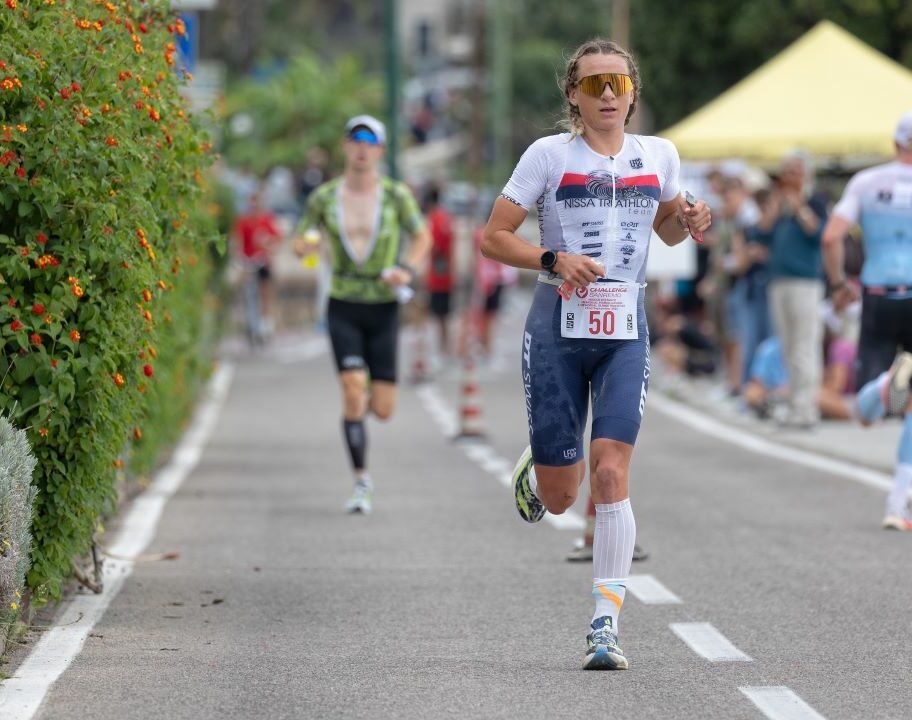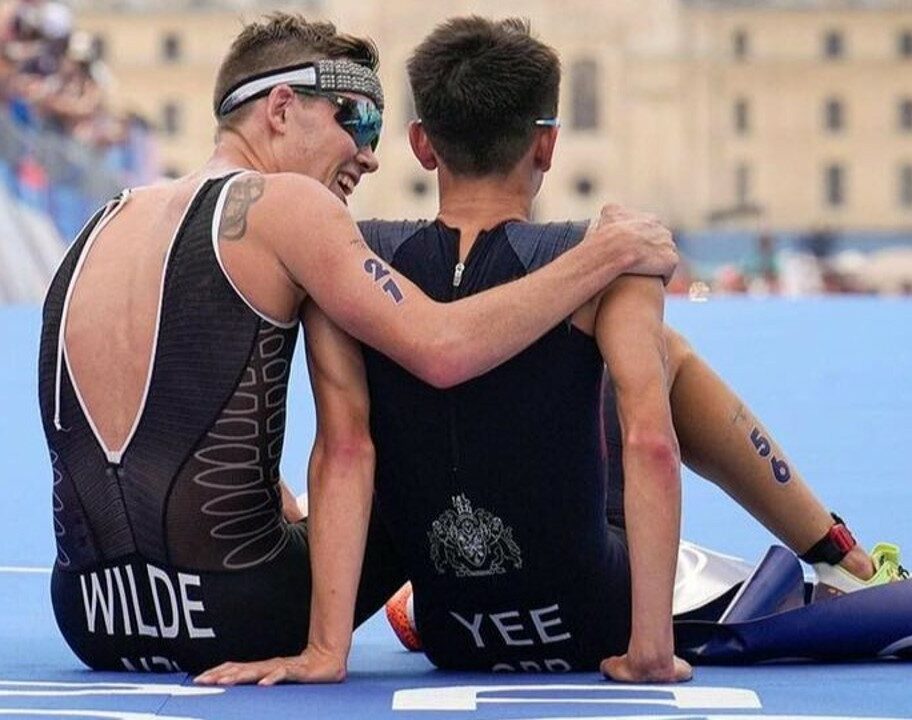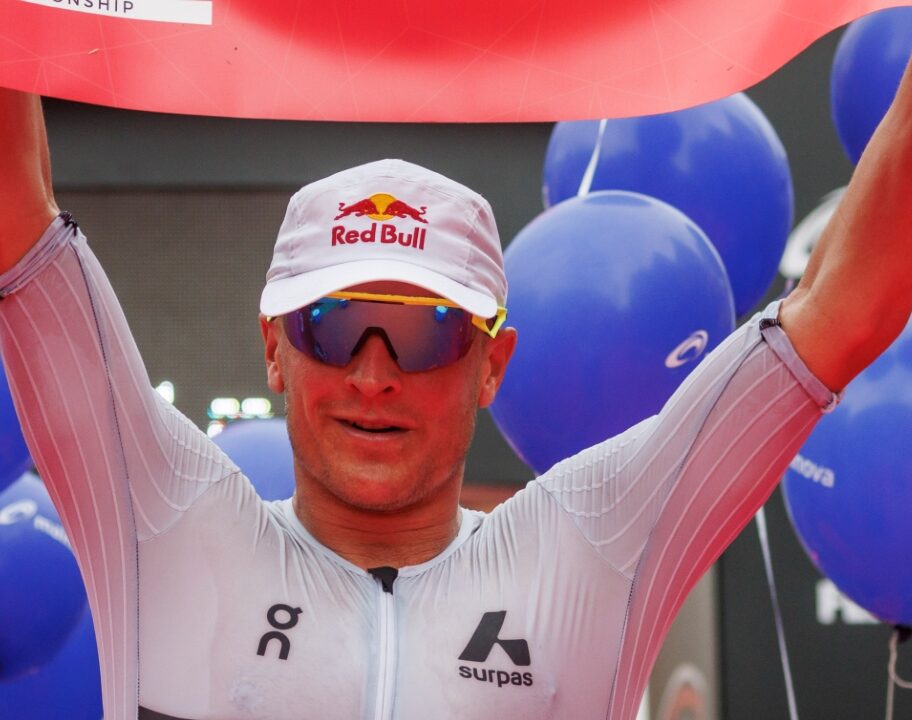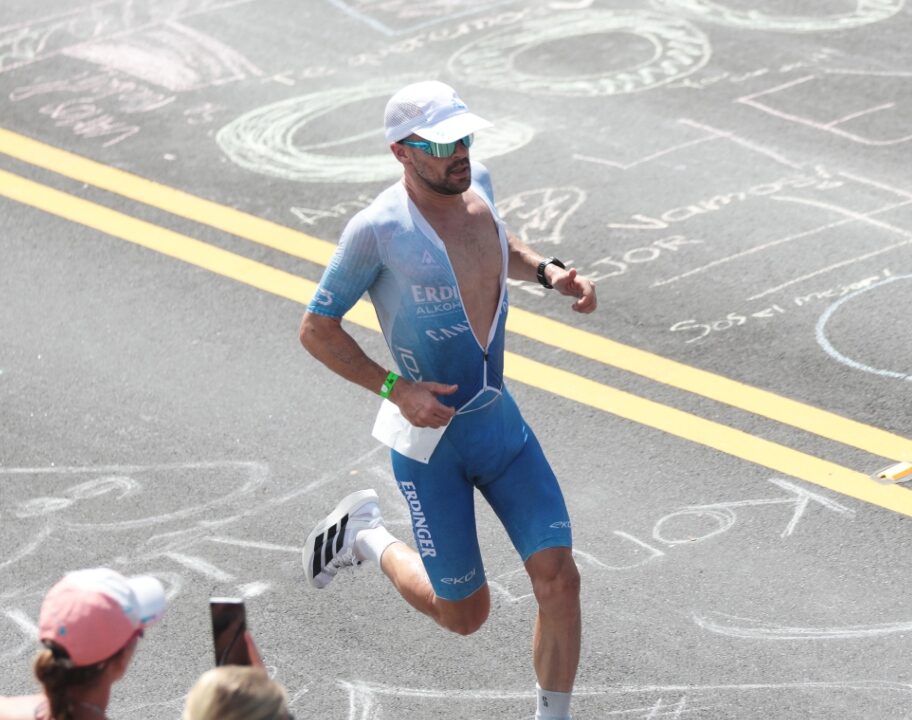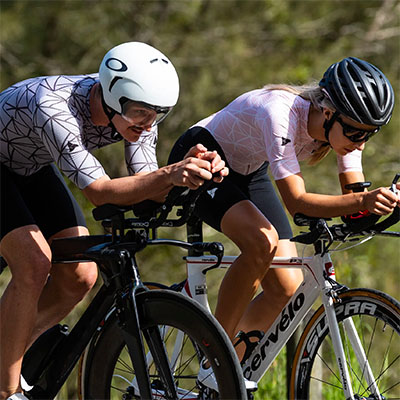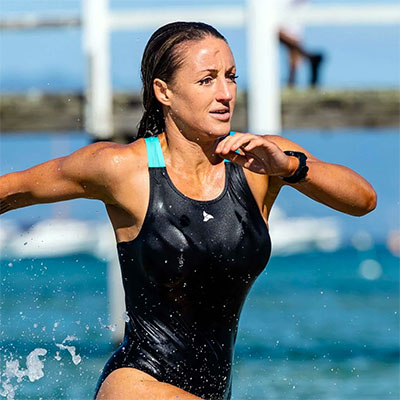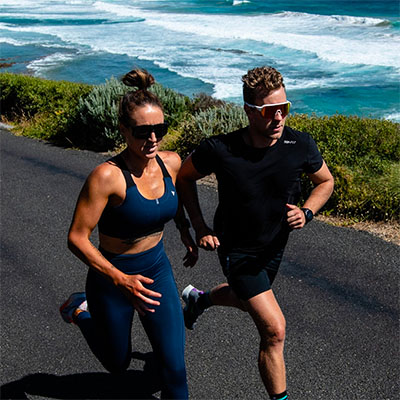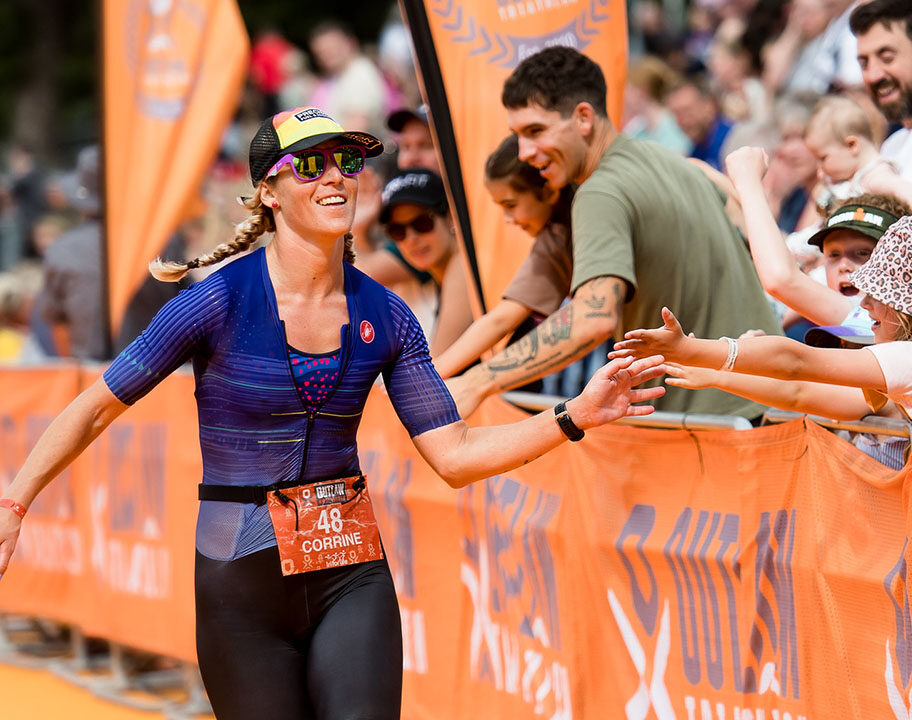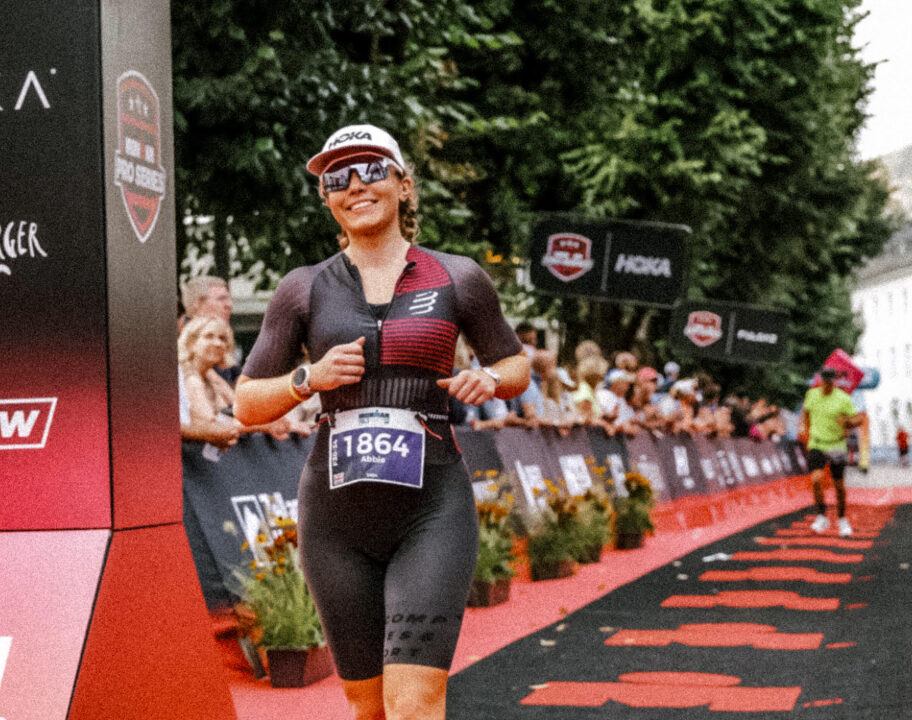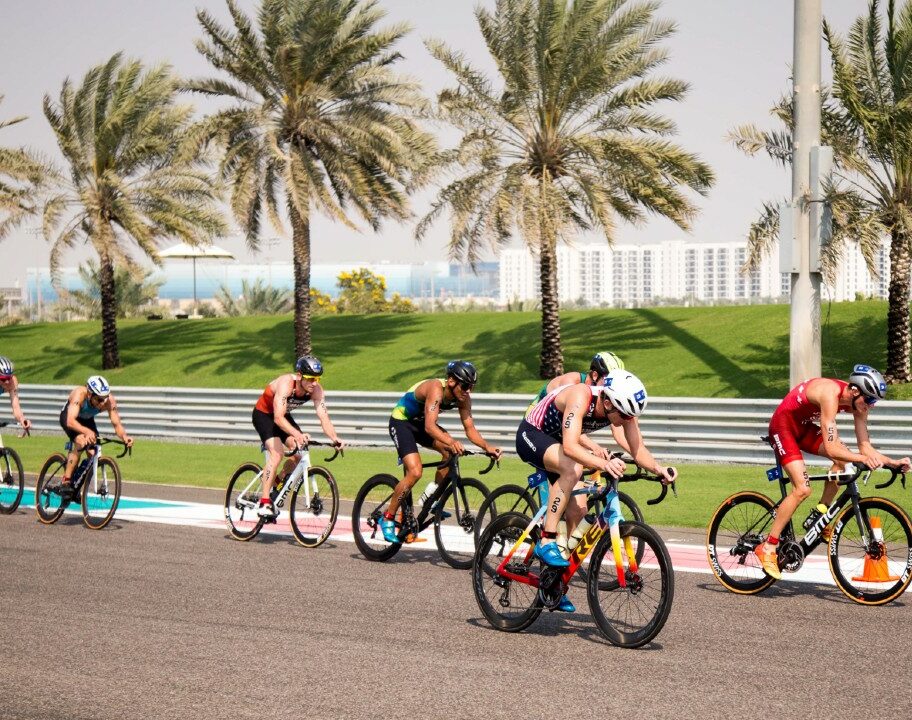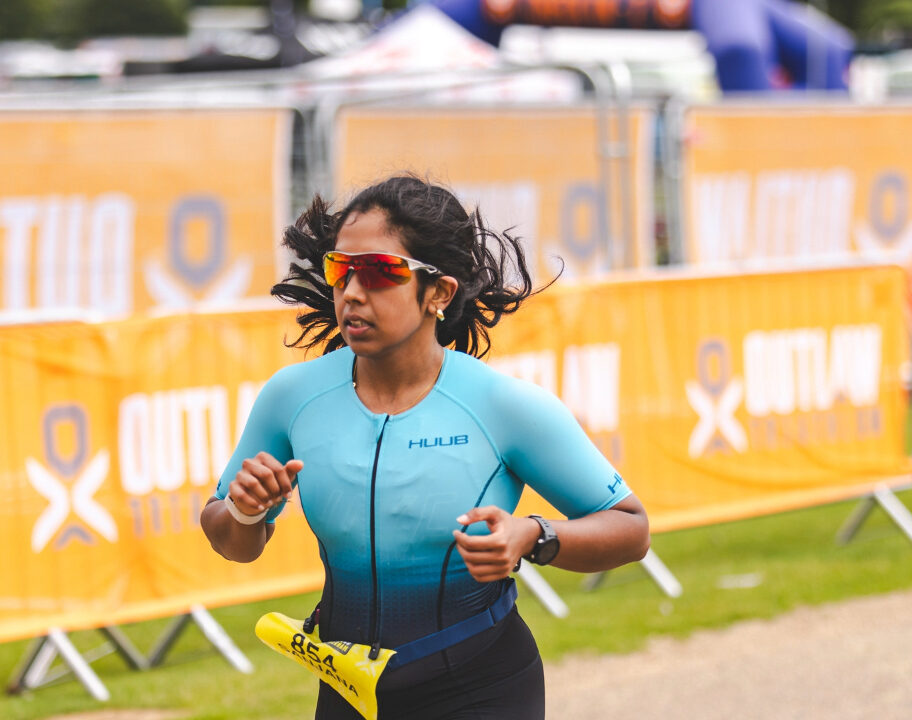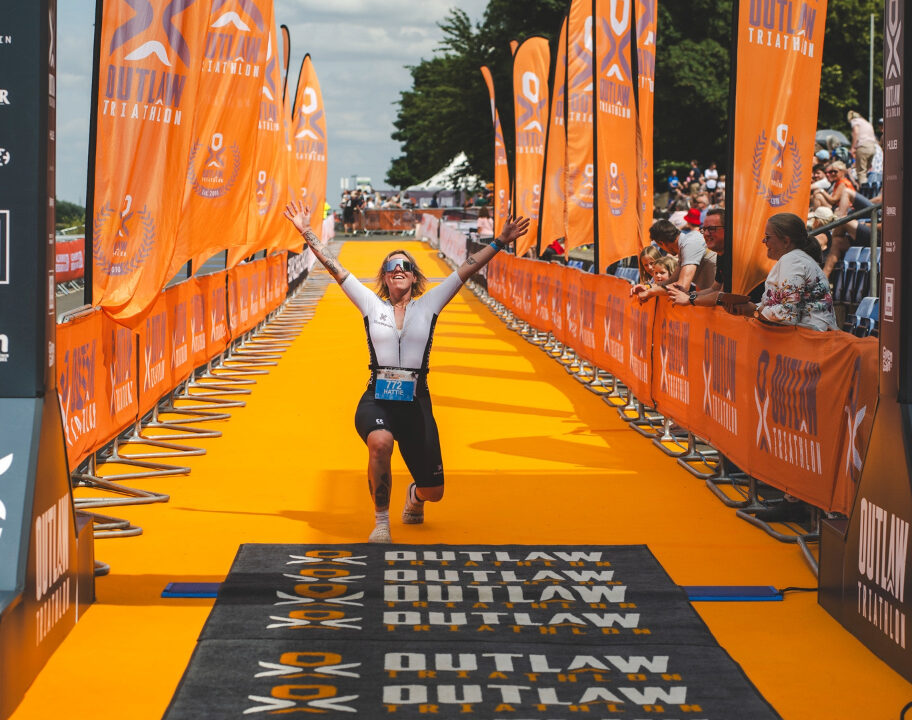Dealing with an injury – especially a long-term one – is one of the biggest challenges professional triathletes face.
Not being able to train is disheartening enough but not being able to race – and therefore earn any prizemoney or ranking points – must only amplify the frustration.
And Ruth Astle, whose annual financial reviews on YouTube have always generated great interest, has now put together a video that – literally – counts the cost of being on the sidelines for the first half of 2024.
From top 20 to #178 due to injury
Ruth has had to deal with ongoing calf issues for more than 12 months now, and has already documented the mental challenges that brings.
Thankfully she’s made good progress in the last few months, so much so that she’s scheduled to make her comeback at IRONMAN Vitoria-Gasteiz on July 14.
However, when she won IRONMAN Israel at the end of the 2022 season, she’d moved into the top 20 of the PTO world rankings.
But her lack of racing since – though she did manage to finish 12th at the IRONMAN World Championship in Kona last October despite minimal run training – means she’s now tumbled to #178.
No racing at all from January through to the start of this month has meant zero prize money income. And to make matters worse from an income point of view, she also decided earlier this year to give up her job with Lloyds Banking Group after 11 years and go ‘all in’ on triathlon.
So how do the figures stack up? And what is the true cost of being injured for an athlete like Ruth, aside from the emotional distress?
Money coming in
You’ll have to watch the video below for the more granular detail, but starting with the money coming in, she says she’s grateful to “really great sponsors and people” supporting her.
She explained: “I have quite a few sponsors now that are actually paying me money as well as kit, which is obviously super helpful. It makes a massive difference, especially in this environment where I’m not making any money from racing.
“[It’s] basically what’s keeping me afloat at the moment. So that is £20,000 over this first half of the year.
“YouTube has made actually quite decent money this half of the year. So at the moment it’s at £1,795. I’ve sold a bit of kit and I’ve made around £5,500 from that and I had a kickback on a couple of Lever sales, which has made me £292. So overall, in terms of the income that’s come in, that’s basically £27,689, which actually was a pleasant surprise.”
Money going out
But on the flip side costs have been significant, including unwanted additions such as extra physio and medical care.
Just the physio for example is close to £2,500, plus things you might not expect like four-figure sums for race licences, content generation on YouTube, website branding and more.
Bike parts are more than £3,000, relatively unused running shoes £400 and unexpected hikes in cost for transporting her bike on flights to training camps all add up.
So much so that Ruth revealed it has left her with around £3,000 to cover everything from food to transport over six months.
She didn’t include her coaching income, as she sees that as “another job”, but admits: “Basically if I hadn’t set myself up with firstly a little bit of coaching on the side, or secondly with actually saving money before I left Lloyds, I would be looking for other avenues of income because that wouldn’t be enough for me to live.”
A sobering thought when much of the triathlon narrative is about the fantastic opportunities on offer for longer distance athletes in this era of T100 and the IRONMAN Pro Series. Fingers crossed Ruth can enjoy an injury-free second half of 2024, starting with Vitoria-Gasteiz.
